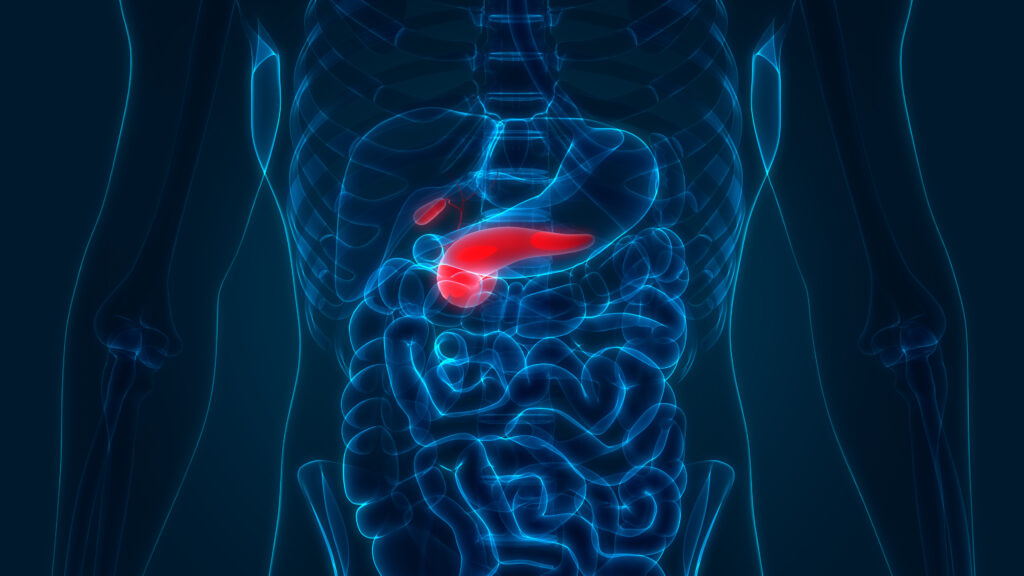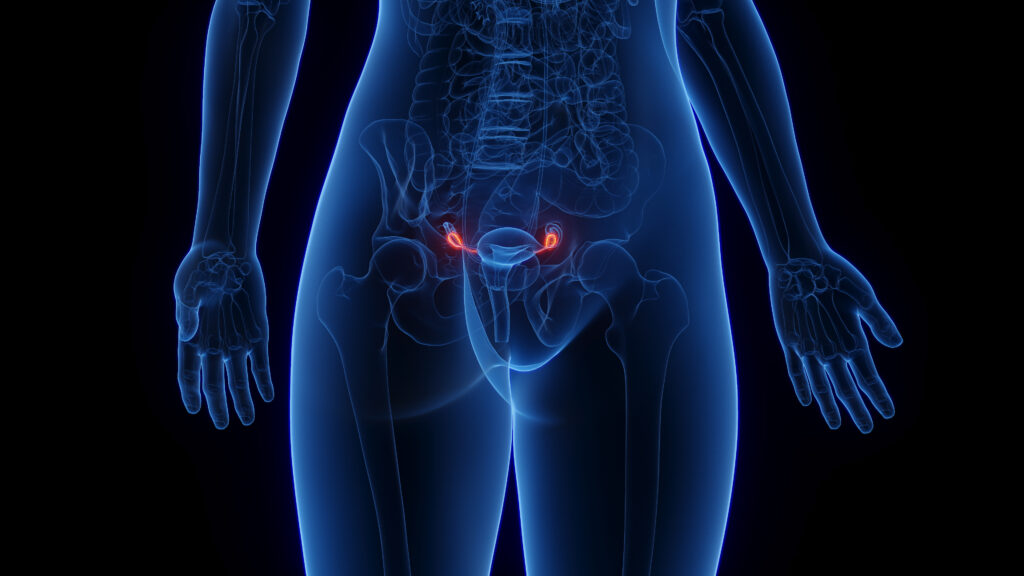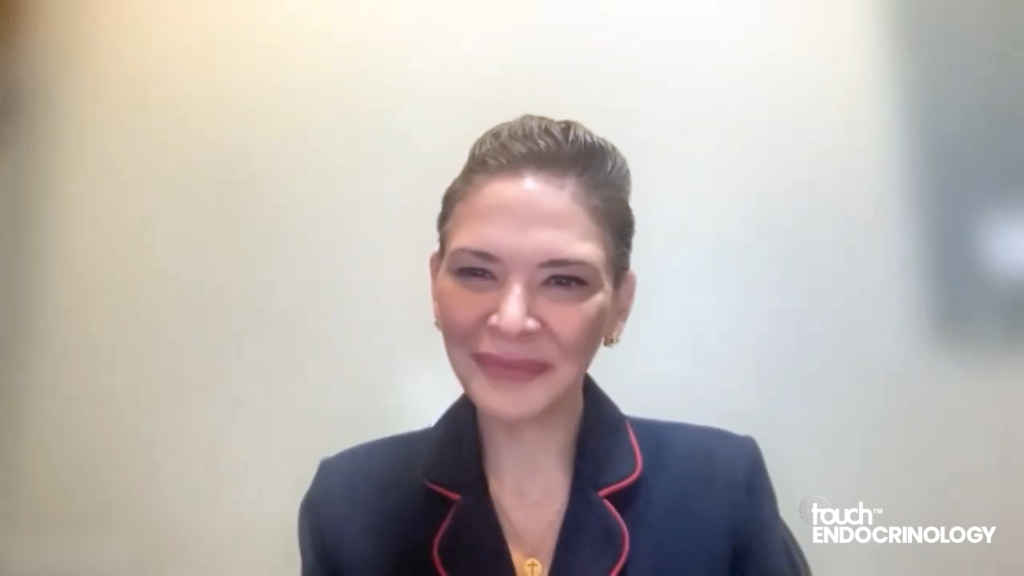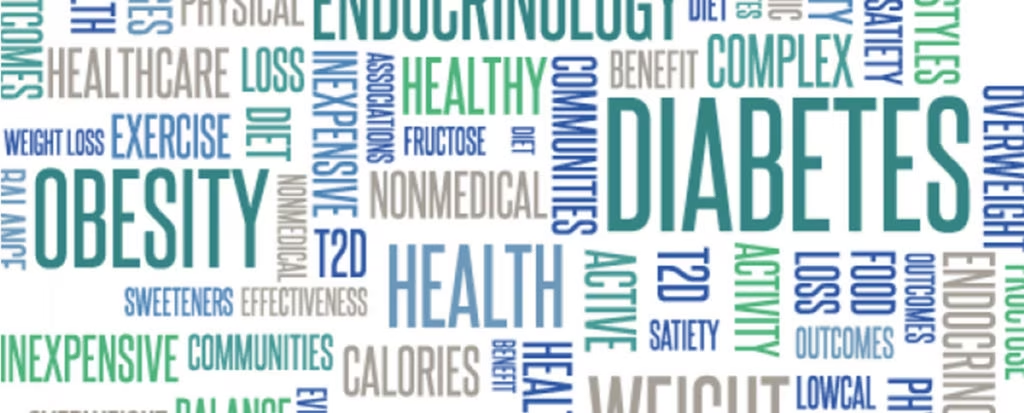Search Results
Showing Results for empagliflozin

Article Highlights Early use of sodium–glucose co-transporter-2 inhibitors following myocardial infarction was associated with the following factors: Lower hospitalization for heart failure (odds ratio [OR]: 0.75; 95% confidence interval [CI]: 0.62–0.90; p=0.002). Similar cardiovascular deaths (OR: 1.04; 95% CI: 0.83–1.30; p=0.76). Similar all-cause mortality (OR: 1.00; 95% ...

Polycystic ovary syndrome (PCOS) is the most common endocrinopathy affecting women of reproductive age and is characterized by hyperandrogenism, anovulation and insulin resistance (IR).1 Women with PCOS have a high risk of developing type 2 diabetes (T2D), dyslipidaemia, hypertension and ...

Dry eye disease (DED) is known as dry eye syndrome (DES) or keratoconjunctivitis sicca. According to the Tear Film and Ocular Surface Society’s Dry Eye Workshop II (TFOS DEWS II), it constitutes a multifactorial disease of the ocular surface, ...

Type 2 diabetes (T2D) is one of the most common chronic noncommunicable diseases, its incidence is exponentially increasing and is one of the leading causes of morbidity and mortality worldwide.1 As of 2021, T2D ranked among the top causes of ...

Dr. Carolina Solis-Herrera (Associate Professor of Medicine at the University of Texas Health San Antonio (UTHSA) and Chief of Endocrinology Division) provides an overview of their presentation: Empagliflozin Improves Cardiopulmonary Function and VE/VCO2 in Patients with T2D and ...

Over 37 million people in the USA live with diabetes mellitus, equating to over 11% of the population.1 The large majority of these individuals (around 90–95%) have type 2 diabetes (T2D).1 Approximately 40% of patients T2D develop chronic kidney disease (CKD), with CKD ...

Diabetic kidney disease (DKD) is the leading cause of chronic kidney disease (CKD) and end-stage kidney disease (ESKD) worldwide.1,2 For this reason, early diagnosis and treatment are relevant to prevent the progression of this disease. Currently, the urinary albumin excretion ...

Finerenone (a selective nonsteroidal mineralocorticoid receptor antagonist) and the SGLT2 inhibitor empagliflozin may reduce both kidney and cardiovascular risks in people with chronic kidney disease and type 2 diabetes. It is unknown whether dual therapy with finerenone and empagliflozin is superior ...

There is a high unmet need for new treatments to preserve kidney function and delay kidney disease progression in patients with chronic kidney disease (CKD) and type 2 diabetes (T2D). In this touchENDOCRINOLOGY interview, Prof. Jennifer Green (Duke University School ...

The pandemic of type 2 diabetes mellitus (T2D) is a growing concern, especially in low- and middle-income countries, which contribute to nearly 75% of the disease burden.1 Indian patients with T2D constitute 1 in 6 adults with T2D globally, with marked ...

Diabetes mellitus (DM) is a chronic metabolic disorder characterized by hyperglycaemia resulting from insulin resistance, inefficient insulin secretion and disproportionate glucagon secretion.1 It has been reported to be an expanding global health issue of the 21st century, and one of ...

The prevalence of diabetes type 1 (T1D) and type 2 (T2D) is increasing worldwide; the number of people with diabetes was 463 million in 2019, but it is estimated to reach 700 million by 2045.1 The incidence of T1D is increasing in most ...

The International Diabetes Federation (IDF) estimates that 463 million people worldwide suffer from diabetes, 90% of whom have type 2 diabetes mellitus (T2DM), and expects the total healthcare expenditure on diabetes to reach US$ 845 billion by 2045 from US$ 760 billion in 2019.1 People with ...

Deep Dutta is a Senior Endocrinologist at the CEDAR Super-specialty Clinics New Delhi in India. Following his MBBS (in 2005) and MD (in 2009), he completed his Doctorate in Endocrinology (DM) training in endocrinology and metabolism in Calcutta, India in 2012. He was ...

Cardiovascular outcome trials (CVOTs) have become mandatory for glucose-lowering drugs in the treatment of patients with type 2 diabetes (T2D) since 2008, following the withdrawal of rosiglitazone from the market because of its association with increased risk of cardiovascular disease (CVD).1 ...

The growing epidemic of type 2 diabetes mellitus (T2DM) in India and the associated irreversible micro- and macro-vascular complications cause premature morbidity and mortality.1 ‘KgA1c paradox’ (Kg represents weight reduction; A1c represents glycaemic control) is now assuming significance ...
Latest articles videos and clinical updates - straight to your inbox
Log into your Touch Account
Earn and track your CME credits on the go, save articles for later, and follow the latest congress coverage.
Register now for FREE Access
Register for free to hear about the latest expert-led education, peer-reviewed articles, conference highlights, and innovative CME activities.
Sign up with an Email
Or use a Social Account.
This Functionality is for
Members Only
Explore the latest in medical education and stay current in your field. Create a free account to track your learning.



